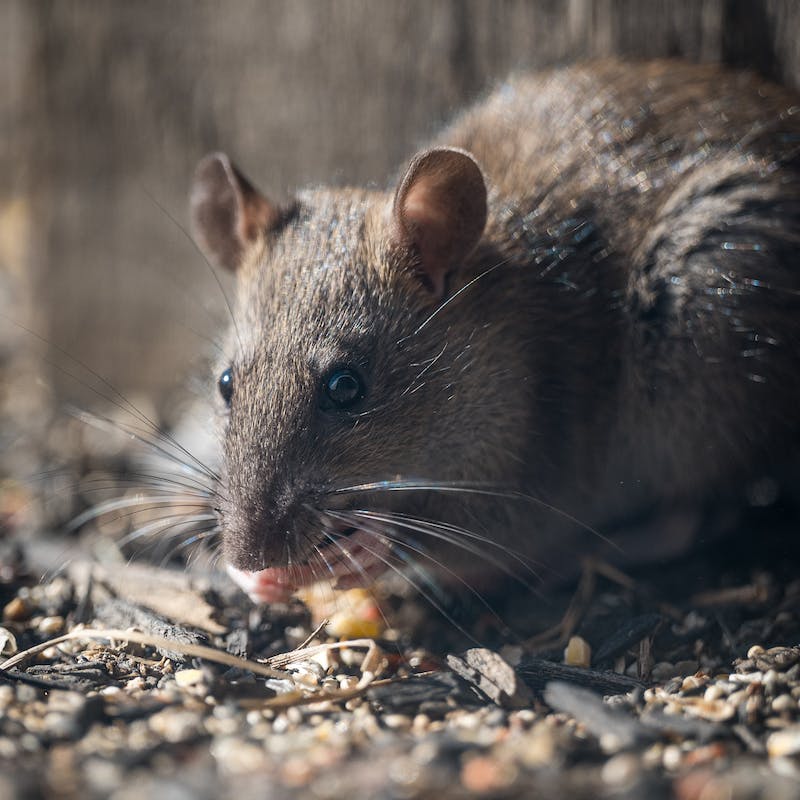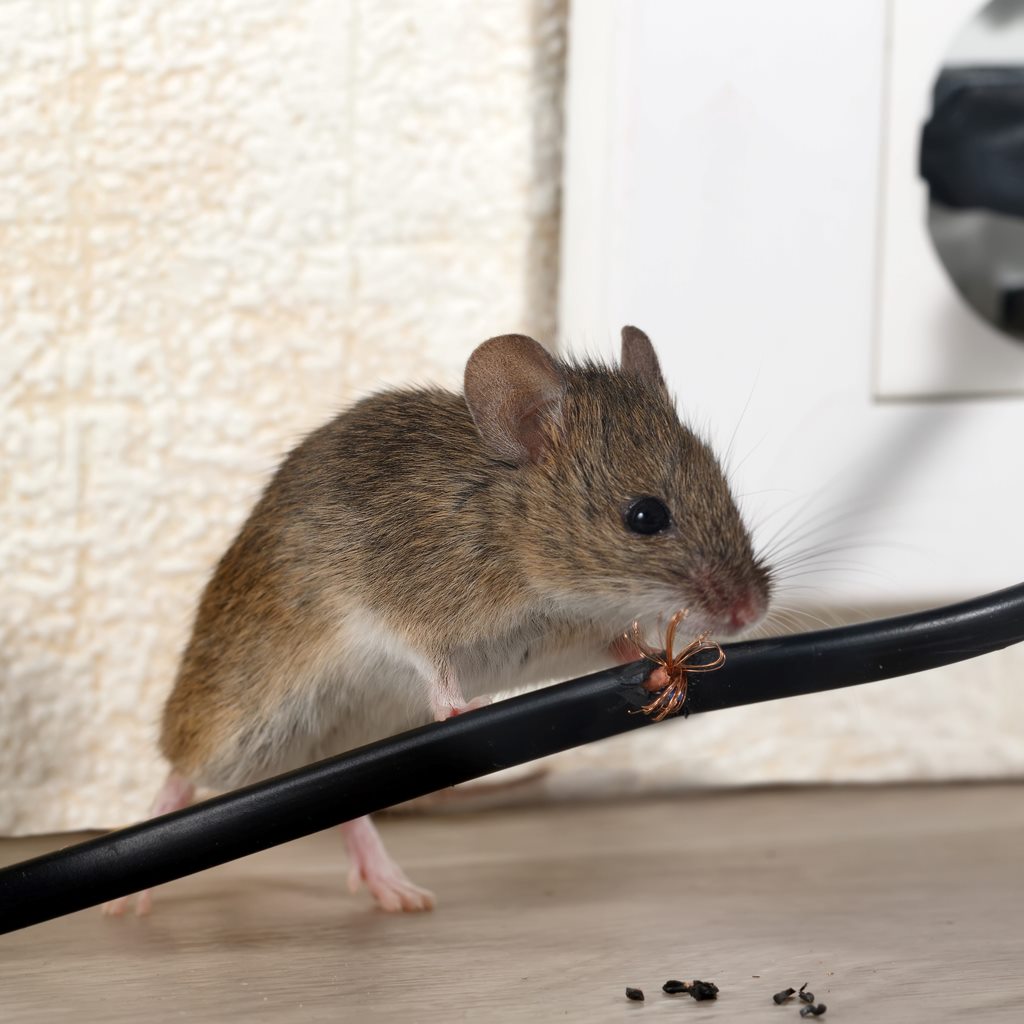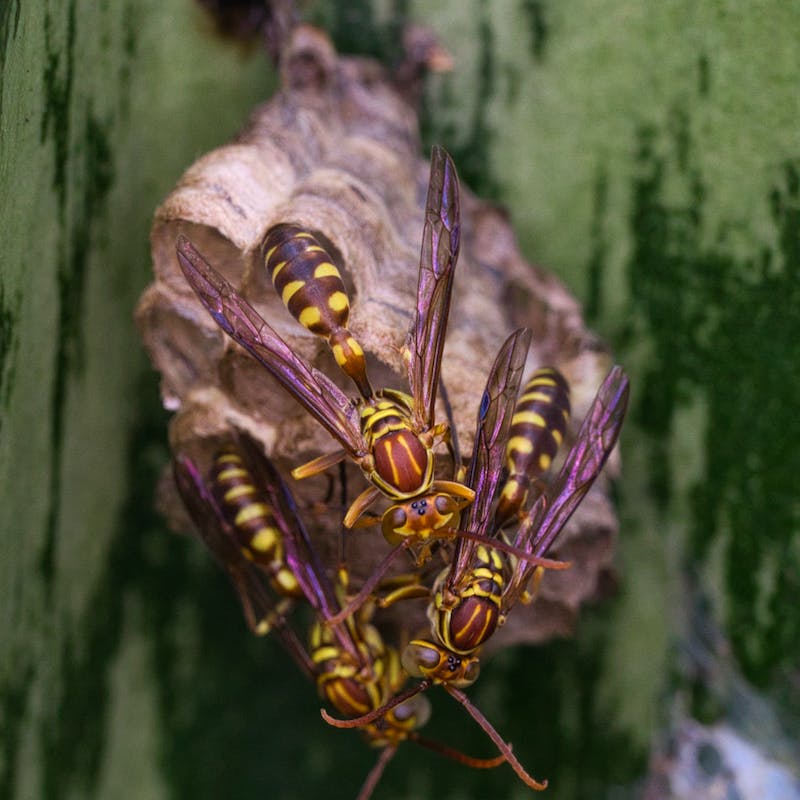
19 Nov 2023 | Trifecta Pest Solutions (UK) Ltd
Even if you find rats cute and cuddly, they are generally classified as vermin and can wreak havoc on your garden and property if not controlled properly. They are notorious for being disease carriers and can pose a major health risk if you get an infestation on your premises.
This is why it’s important to know how to get rid of rats in garden areas, including identifying an infestation, human removal methods, and ways to prevent them from appearing initially and this is what I cover in the below guide.
Identifying Rat Infestations
Before we look at solutions, you must understand how to identify a rat problem in your garden including visual and auditory signs, and know how big the infestation is.
Visual and Auditory Signs
The good thing (if we can call it good!) about rats is that they are messy and clumsy and leave a heap of visual evidence as to their presence including:
- Rat droppings: Usually black and shiny and around ½” long.
- Rat urine: Yellowish stains typically surrounding the droppings.
- Rat tracks: You may be able to see tracks in your soil, typically ¾” in length.
- Damage: Rats will gnaw on anything! Look for gnaw damage on outbuildings and garden furniture.
- Rat nests: Typically found near wall foundations or in woodpiles, compost heaps, outbuildings, and under deckings - basically, any sheltered area.
The rat droppings and urine are the biggest giveaways and you will usually find patches of these near the nest locations.
Expect a range of damage to your garden furniture and outbuilding cladding too as rats love to gnaw. You may notice gnaw holes and marks of up to 2 inches in length on shed corners, garages, compost bins, and other outdoor items.
Recognizing the Severity of the Problem
If you have noticed any of the above signs then you need to know how big the problem is. This is because fully-fledged rat colonies can have hundreds of animals and they can cause a severe health risk in which case a rat exterminator would have to be called.
You can only gauge the size of the problem by looking at the damage, and the volume of droppings. Also, look for dead rodents around your garden as this can be a sign of a large rat colony.
Safe and Humane Rat Removal

After identifying a rat problem, how do you get rid of rats in your garden? There are many methods including both humane where you relocate the rats, and extermination methods which are used as a last resort or where the infestation has become too much of a health hazard to clear humanely.
Trapping Methods
There are two types of rat traps - those that simply capture the rat so they can be relocated, and those that instantly kill them. Where possible, it’s always ideal to try and deal with a rat problem humanely and use live rat traps. But this depends on the situation, the health risk, and the risk to things like children and pets.
Relocating Captured Rats
Relocating rats poses difficulties because they are social animals and will try and find their way back to your home unless you relocate them over 5 miles away. Also, the likelihood of a rat surviving in a new area is slim because of their social and pack mentality.
How to Reduce the Chance of Rats in Your Garden
The best way to deal with rats in your garden is to not give them a reason to nest there in the first place! There is a range of things you can do to reduce the chance of getting rats in your garden, including:
- Stop feeding birds and wild animals.
- Keep your garden tidy and free from clutter.
- Make sure rubbish bins are emptied regularly.
- Block access areas to things like patios and decking.
- Block access areas to outbuildings.
- Keep your compost bin protected.
Essentially, you need to keep your garden and outdoor areas clean and tidy. Make sure the areas are swept, rubbish is removed, and any clutter is cleared away. Reduce the number of places rats could nest, and block access to areas like under your decking or holes in your shed.
While feeding birds can be a source of joy for many people, the seed can also attract rats so this is something to consider.
If in Doubt, Call a Professional Rat Pest Control Company
You should now have a clear idea of how to identify a rat infestation and the best course of action to combat them. If you feel like the problem has become too serious, or you are unsure if you have an infestation, contact a rat exterminator or pest control company.
They will quickly be able to identify the issue, gauge the size and severity of the infestation, and create a solution to eliminate the problem.


